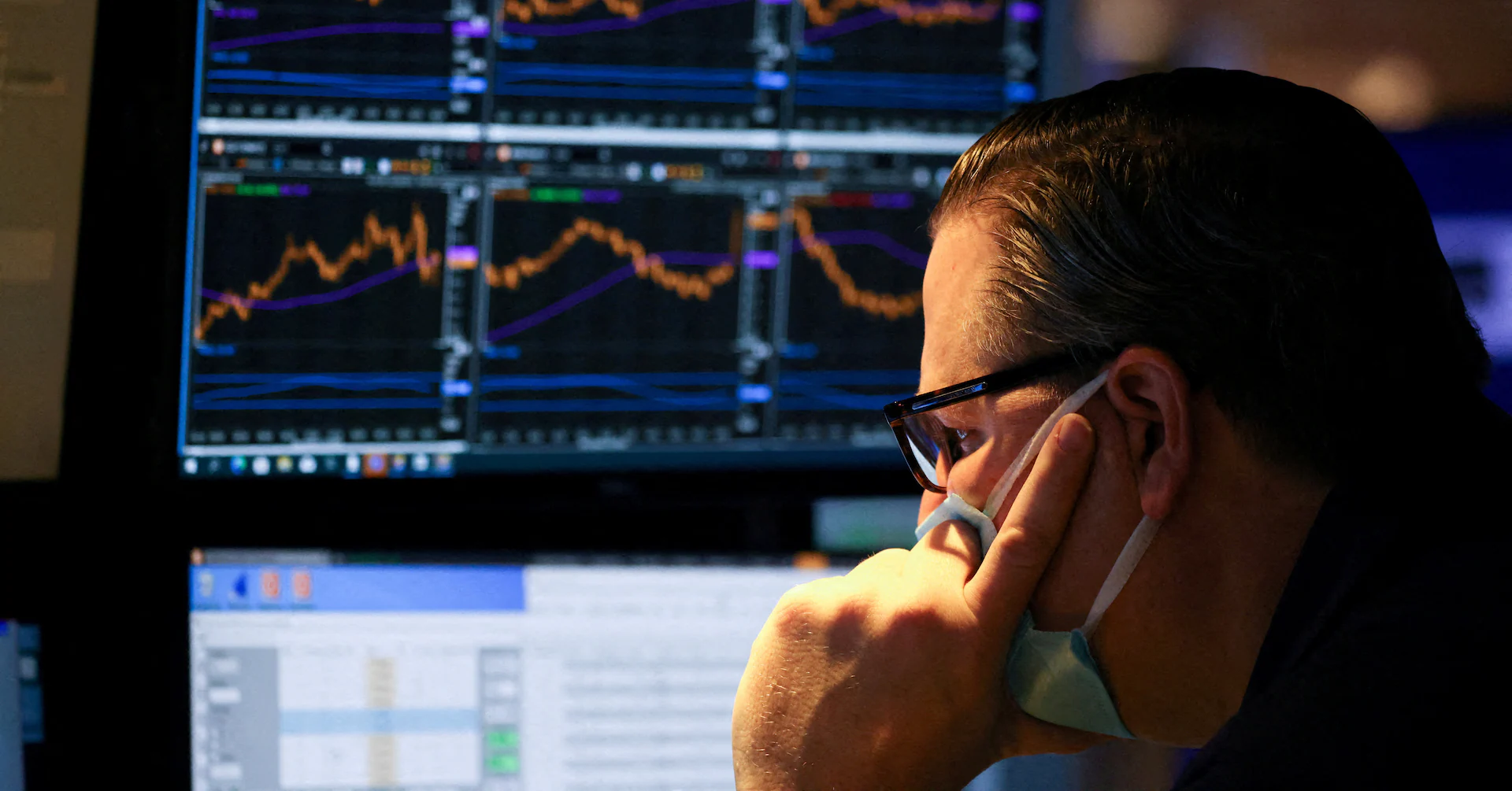
In my column today I look at who is paying the record tariffs swelling U.S. Treasury coffers. So far, U.S. companies have taken the pain, but that burden is expected to shift to consumers. Will they be willing – or able – to “eat the tariffs”?
Sign up here.
If you have more time to read, here are a few articles I recommend to help you make sense of what happened in markets today.
Today’s Key Market Moves
Today’s Talking Points:
* U.S. government shutdown
It’s that time of year again, when budget gridlock in Washington threatens to trigger a U.S. government shutdown and, in the worst case scenario for markets, some form of technical default. We are eight days away from what would be the 15th partial shutdown since 1981.
Uncertainty and volatility could ripple through markets until agreement on government funding is reached, which history shows is often at the 11th hour. Investors won’t be getting complacent though, and on Tuesday President Donald Trump raised the stakes, scrapping a meeting with Democratic leaders. Eight days and counting.
* (Dis)United Nations?
The United Nations 80th General Assembly roared into life on Tuesday, with Trump center stage. In a 56-minute combative speech, Trump rejected the idea of a Palestinian state, urged Europe to pressure Russia to force an end to the war in Ukraine, and told leaders of nations he deems soft on immigration: “Your countries are going to hell.”
* Golden years
Gold rose as much as 1% on Tuesday, hitting a new peak and bringing $4,000/oz closer into view. It is up a whopping 45% this year, and recently scaled its previous inflation-adjusted high from 1980 of around $3,500/oz.
Inflation worries are a factor, but there must be more to it – if it was just inflation, long-dated yields would be spiking and yield curves would be steepening sharply too. Geopolitical concerns, central bank demand, divestment out of fiat currencies and into hard assets must also be driving this.
Do U.S. consumers have the appetite to eat the tariffs?
In May, U.S. President Donald Trump lashed out at Walmart, telling the retail giant to “eat the tariffs” instead of raising prices for consumers.
Corporate America heard the message.
The consensus among economists is that Trump’s tariff burden has so far been shouldered by U.S. companies and that consumers have got off relatively lightly, although these scales are widely expected to tip the other way in the coming months.
How far remains to be seen. But given that consumer spending accounts for around 70% of annual U.S. economic activity, changes to the final price of imports could be a vital part in determining how growth and inflation rates pan out.
The dust is settling on a pretty chaotic six months since Trump’s April 2 “Liberation Day” tariff announcement, even though the final duties on goods from China and India, and key imports such as chips and semiconductors, have yet to be agreed.
But the parameters are emerging. The average effective tariff rate will probably be somewhere between 15% and 20%, up significantly from 2.5% in December and the highest since the 1930s. The Budget Lab at Yale’s latest estimate is 17.4%.
Up to now, the effective rate has been closer to 10% to 12%, most of which has been swallowed by U.S. firms, who have been reluctant to pass the higher costs to customers. Distortions around the front-loading of imports, and chaos around tariff rates and implementation were so high it made sense to sit tight.
CONSUMER SQUEEZE COMING
Tariffs vary hugely from sector to sector, and industry to industry. Michael Pearce, deputy chief U.S. economist at Oxford Economics, notes that consumers are bearing almost all the tariffs burden in sports and furniture goods, while domestic and foreign firms are doing the heavy lifting in autos and clothing.
But on aggregate, consumers have yet to really feel the squeeze. BNP Paribas economists calculate that U.S. firms have shouldered 64% of tariff pain so far, foreign exporters just under 20%, and U.S. consumers only 17%.
Will the consumer pay up?
Economic growth in the first half of the year was around half of what it was last year, job growth is evaporating, and the Fed has started cutting interest rates again. Companies will be wary of passing on hefty price hikes to their customers, especially with inflation still uncomfortably sticky.
And there’s also this to consider, although few will admit it – many companies won’t pass on significant price hikes for fear of antagonizing the Trump administration.
“The burden of tariffs on the economy is creeping up. And the biggest impact (on consumers) is still to come,” says Michael Pearce, deputy chief U.S. economist at Oxford Economics. “But in the near term, the risk is that less than two thirds gets passed onto the consumer.”
GOVERNMENT REVENUE FROM TARIFFS
Trump administration officials, especially those at the Treasury, may not mind much who ultimately pays – federal government revenues from tariffs are soaring.
The Budget Lab at Yale estimates put revenue raised from new tariffs year-to-date through August at $88 billion, with around $23 billion of that in August alone.
Torsten Slok, chief economist at Apollo, calculates that the government is currently collecting around $350 billion in tariffs at an annualized rate, equivalent to 18% of annual household income tax payments.
Looking out over the next decade, tariffs are projected to bring in a net $2 trillion to government coffers, according to the Budget Lab at Yale, and cut the deficit by around $2.6 trillion, according to Oxford Economics.
America’s wider fiscal outlook is not great, meaning the longer this revenue stream keeps running, the less inclined future lawmakers will be to turn it off at source.
That’s a few years out. More immediately, we may be about to find out if consumers are willing to do what businesses have done for the most part up to now and “eat the tariffs”.
What could move markets tomorrow?
Want to receive Trading Day in your inbox every weekday morning? Sign up for my newsletter here.
By Jamie McGeever; Editing by Nia Williams
Our Standards: The Thomson Reuters Trust Principles., opens new tab
Opinions expressed are those of the author. They do not reflect the views of Reuters News, which, under the Trust Principles, is committed to integrity, independence, and freedom from bias.
Jamie McGeever has been a financial journalist since 1998, reporting from Brazil, Spain, New York, London, and now back in the US again. His experience and expertise are in global markets, economics, policy, and investment. Jamie’s roles across text and TV have included reporter, editor, and columnist, and he has covered key events and policymakers in several cities around the world.



